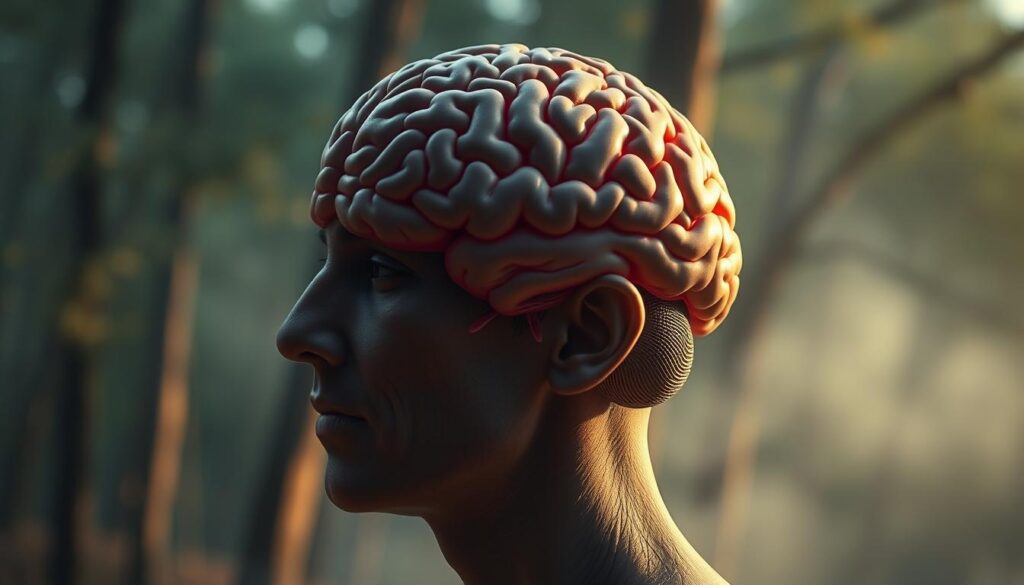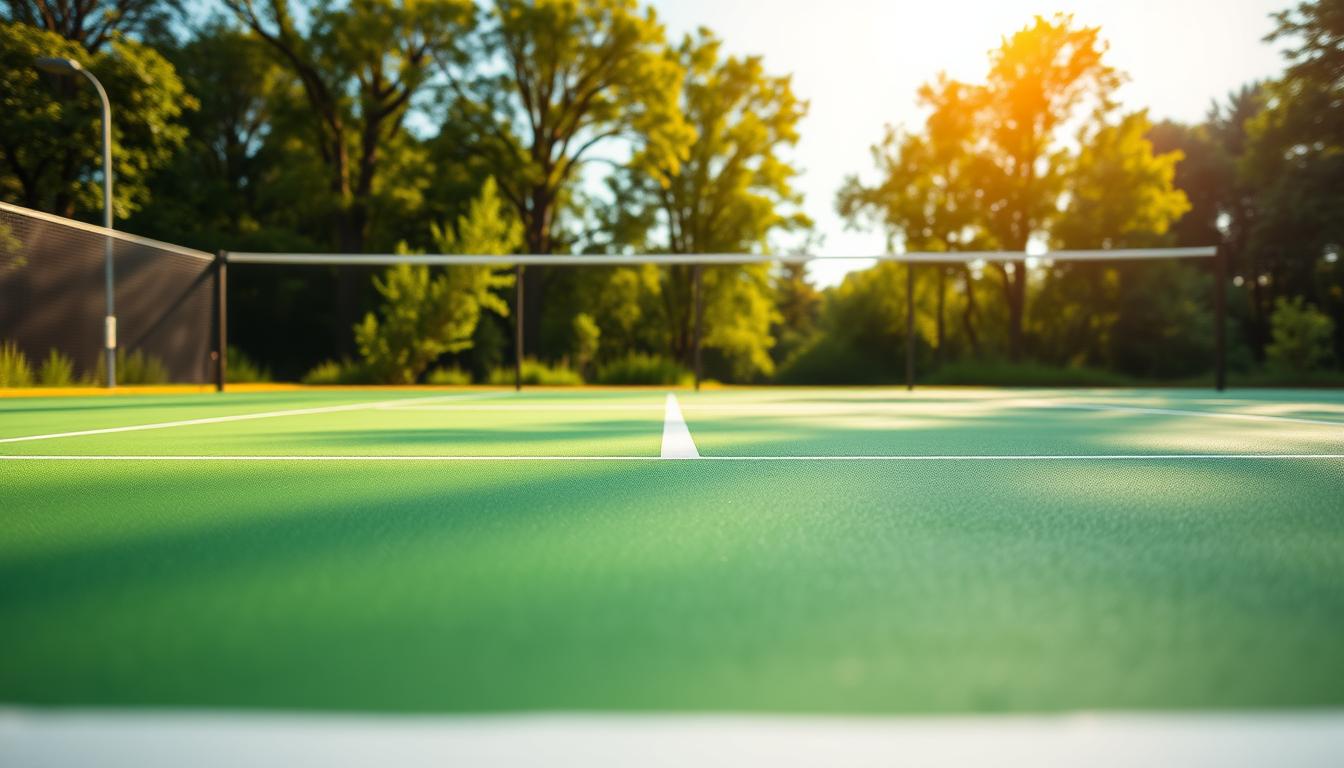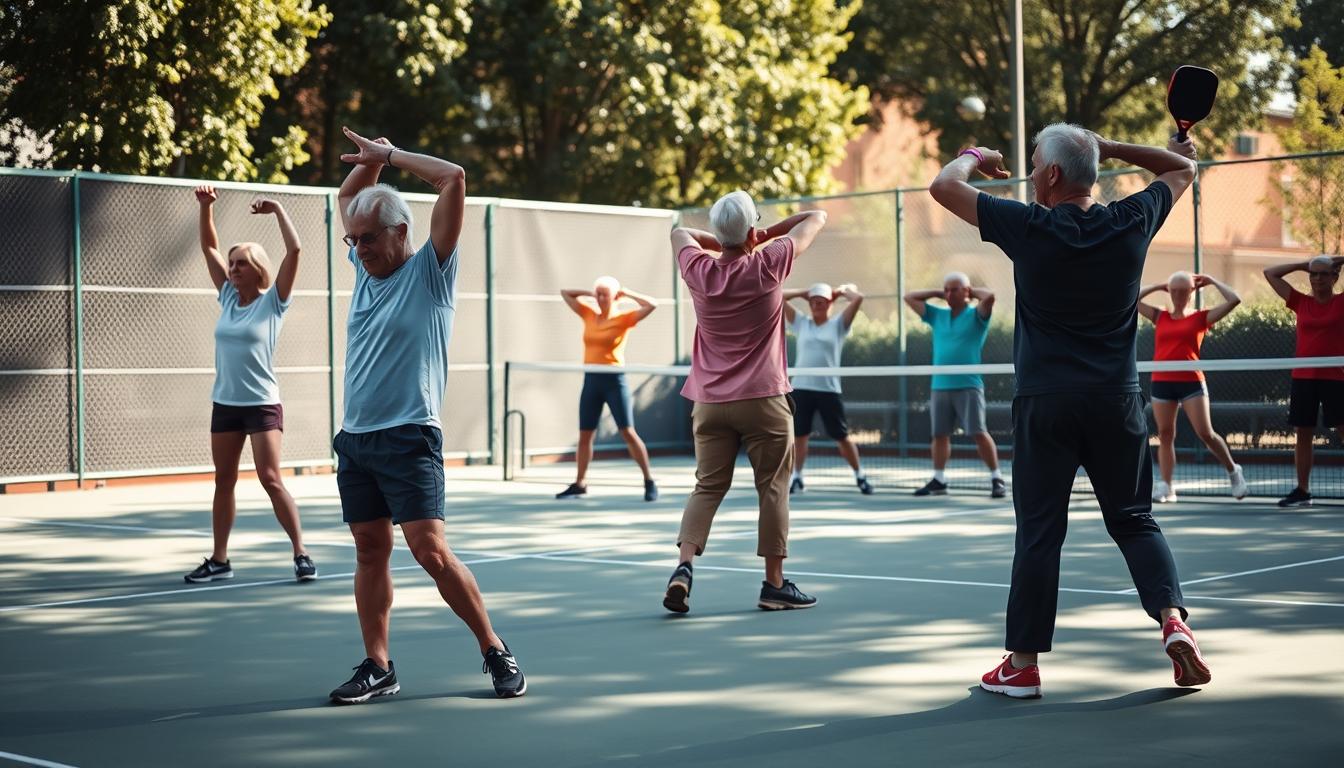Want to know how a fast-paced racket sport can sharpen the mind and lift mood for older adults? This guide looks at practical, research-backed ways players can use on-court movement and off-court drills to boost brain health and attention.
Participation in the United States has surged, and studies show regular play links to lower depressed mood and better life satisfaction. Aerobic rallies raise growth factors that support neuroplasticity, while quick shot choices train executive skills like working memory and attention.
This piece is a compact roadmap. You will get on- and off-court exercises for sharper reactions, simple nutrition tips—like timing protein and supporting omega-3 intake—and a weekly plan built for sustainability.
The approach favors joint-friendly movement, social engagement, and steady progress so adults can enjoy the sport’s physical and mental health benefits for years to come.
Why pickleball sharpens the mind after 50: what the research and neuroscience say
Evidence from wearables and long-term cohorts ties frequent racket play to better mood and reduced dementia risk. Reviews and large samples report meaningful mental health benefits for older adults who join community games.
Evidence snapshot:
- A 2023 Frontiers review (≈2,500 participants) found moderate-to-large gains in well‑being and lower stress and depression.
- The Apple Heart & Movement Study (~250,000 users) showed 60.1% lower odds of depressed mood in regular players; tennis users had 51.3% lower odds.
- Long-term analyses link racket sports to reduced dementia risk and longer life in observational cohorts.
Why the brain benefits occur: Moderate aerobic exercise during play increases BDNF, IGF‑1, and VEGF. Those growth factors support neurogenesis and synaptic plasticity.
Higher heart rate boosts prefrontal blood flow. That improves attention, decision speed, and inhibitory control during fast rallies.

How it compares
| Activity | Typical session | Joint load | Cognitive demand |
|---|---|---|---|
| Pickleball | ~90 min | Low | High (strategy, quick choices) |
| Tennis | ~81 min | Higher | High |
| Walking | Varies | Low | Low (less tactical) |
On- and off-court cognitive focus exercises tailored to older vegan pickleball players
Combining short vision drills, hand-eye work, and gentle intervals gives players low-impact ways to improve decision speed, memory, and mood. These activities raise heart rate enough to support brain benefits while protecting joints and encouraging long-term engagement.

Warm-up brain-primers
Begin with 5–7 minutes of gaze stabilization, lateral saccades (10–15 reps), and dual-task marching. These wake visual and prefrontal networks before you step on court.
Hand-eye coordination drills
Use target dinks near the kitchen and alternate markers to groove precision. Add colored-ball calling so you name a hue before contact; this links perception, working memory, and hand-eye coordination.
Attention, memory and strategy sets
Practice A‑B‑C serve patterns, third-shot sequencing, and rally counting to train sequence memory. Run decision-speed ladders in situational scrimmages where a partner calls “drive,” “drop,” or “lob.”
Aerobic intervals and off-court cross-training
Try 6–10 x 2-minute rally-focused efforts with 1-minute easy resets to boost BDNF safely. Twice weekly add footwork ladders, single-leg balance with head turns, and short visuomotor app sessions to translate gains to play.
Nutrition notes
Pre-session 20–30 g plant protein, regular B12, algae-based EPA/DHA, and iron monitoring help sustain attention and mood during games and across the years.
Pickleball vegan over 50 cognitive focus: build a weekly plan you can sustain
Build a weekly routine that balances court time, cross‑training, and easy recovery so the sport supports both mood and memory.
Sample week
- 2–3 sessions on the court emphasizing tactical drills and rally play (place high‑focus days on nonconsecutive days such as Mon/Thu/Sat).
- 1 cross day using tennis or badminton to vary footwork and hand‑eye demands with shorter bouts and longer rests.
- 1–2 easy recovery walks to keep physical activity steady without excess joint load.
Stress and mood checks
Keep a brief log after each session: rate mood and stress 1–5 and jot one sentence about what helped engagement.
Track session duration, perceived exertion (0–10), and decision‑focused drills completed. These anchors show progress and flag rising stress or mood decline early.
- Schedule doubles with regular partners to boost social engagement and adherence.
- Alternate an aerobic interval day with a technical strategy day to balance brain health and skill gains.
- Review monthly: if mood or stress worsens for two weeks, cut volume 10–20% and prioritize rest.
Conclusion
Joining regular, social racket play pairs steady aerobic movement with fast decision-making to support brain health and mood.
Evidence from systematic reviews, wearable studies, and long-term cohorts links racket sports to lower stress, reduced depression, and longer life. Those mechanisms include rise in BDNF, IGF‑1, VEGF, and better prefrontal blood flow.
Make it practical: use warm-up brain‑primers, hand-eye coordination drills, pattern memory sets, and strategy scrimmages. Schedule 2–3 sessions per week and add smart recovery days to sustain gains without overload.
For vegan players, time plant protein, use algae-based omega‑3s, monitor B12 and iron to support attention and coordination during sessions and recovery.
Start small, track mood and game metrics, and steadily refine drills. Choosing racket sports like pickleball is a proven, enjoyable path to better health and a fuller life.




